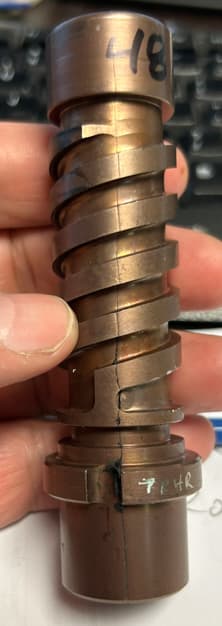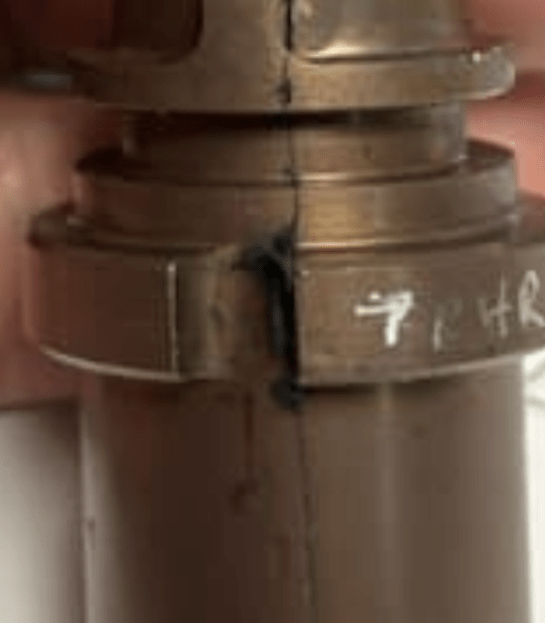Hello All,
Looking for some advice. We make injection molds and have an issue where 420 hardened to 48-50RC is cracking in our material delivery systems.
Looking for a material with increased tensile and elongation at 120C with similar corrosion resistance.
Was thinking about using a precipitation hardening grade like 17-4
As always cost is a concern so this eliminates the maraging grades
Would appreciate any comments or recommendations.
thanks,
Looking for some advice. We make injection molds and have an issue where 420 hardened to 48-50RC is cracking in our material delivery systems.
Looking for a material with increased tensile and elongation at 120C with similar corrosion resistance.
Was thinking about using a precipitation hardening grade like 17-4
As always cost is a concern so this eliminates the maraging grades
Would appreciate any comments or recommendations.
thanks,


